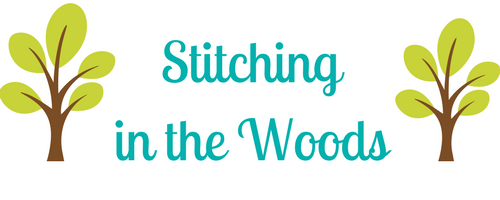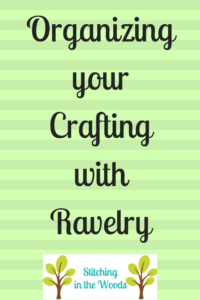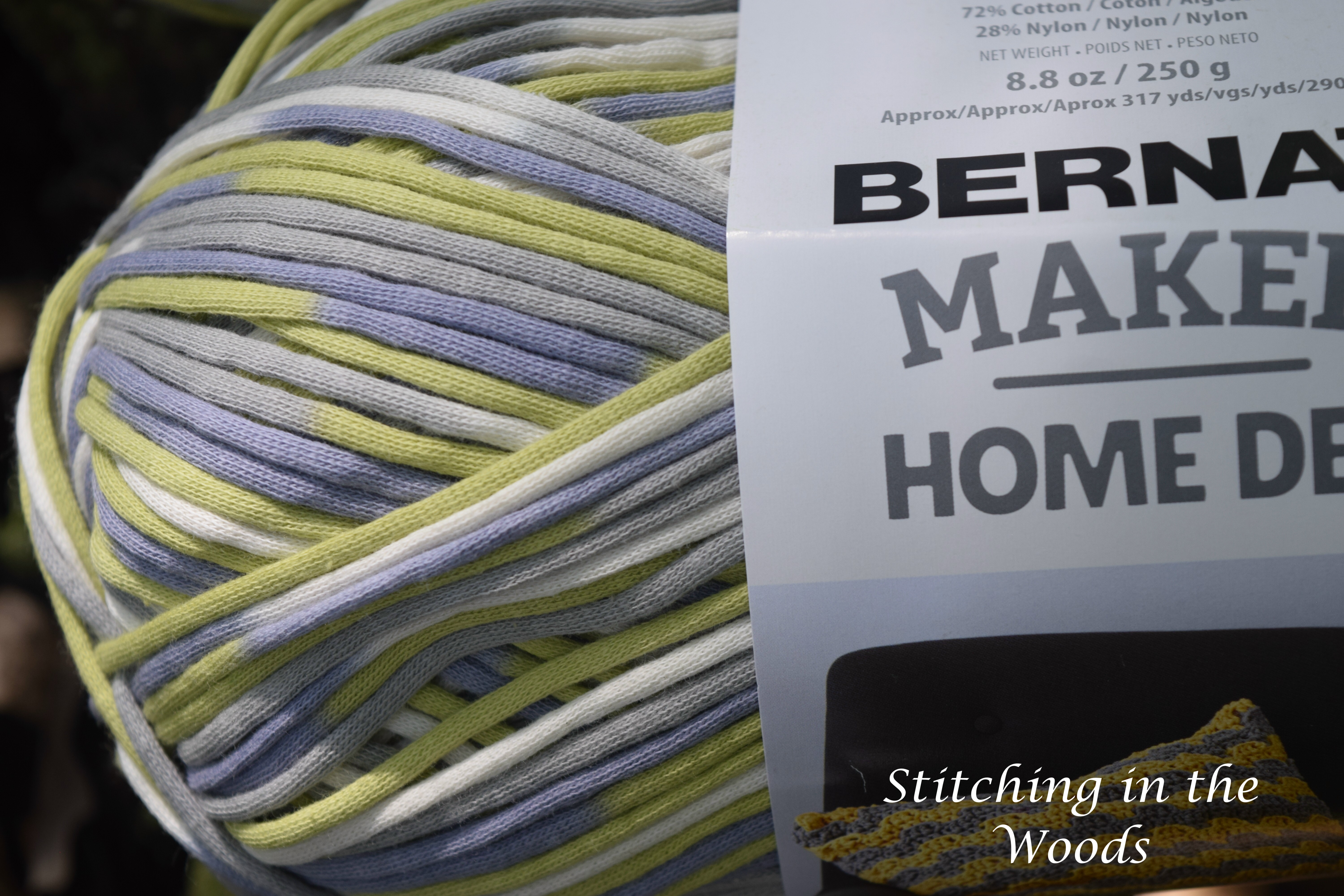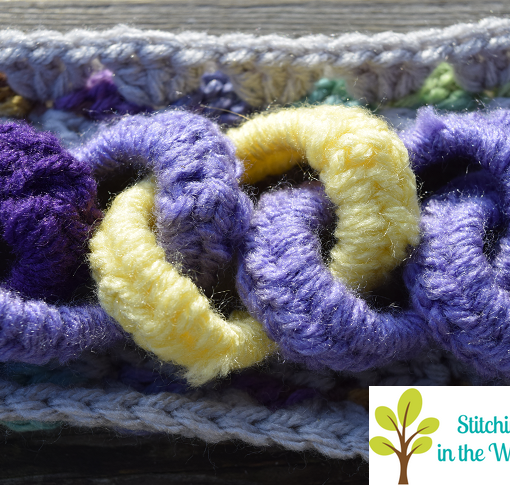January is about starting new things, setting goals for the year, and organizing. One tool I’ve found to help organize my crafting is a website called Ravelry. In case you haven’t heard of it, it’s a website by crafters for crafters. On Ravelry, you can find patterns, yarns, and other crafters. But you can also use it for organizing your crafting. (I should note that you have to register to use a majority of the features I mention.)
Pattern Database
In my opinion Ravelry is most valuable for its pattern database. I’ll warn you now, it’s HUGE. At the time I’m posting this they have 821,000 patterns in their database. That gives you a nice selection of patterns to choose from. It can be a con sometimes, but more often it’s a big pro.
You may wonder how you can find anything amongst so many patterns. I get that it seems daunting. To help find a certain kind of pattern, though, you can use the search limiters Ravelry has. You can limit by things like which craft (crochet, etc.), how much yarn it takes, or what kind of item your looking to make. These are just a few of the multiple filters you can use to try to find just the right pattern for your work.
Organizing Patterns
When you do find the pattern you want to use you can do a few different things. One is you can save it to your library. If you do this I highly recommend you add in a keyword for what kind of project it is, like “shawl”, so you can find it later when you go looking for a shawl pattern. Then all you have to do is search your library for shawl patterns that you’ve already decided you like. You can even add books and magazines you own to your library.
A separate list you have in your Ravelry profile is your queue. This is for projects that you’re planning on doing in the near future. On it you can document when you want to have it done by and what yarn you want to use for the project. Once you start your project you can easily move it to your work in progress area (discussed below).
As an aside, I should note that Ravelry really shines with the library & queue features when it comes to quickly documenting patterns that catch your eye. When you see a Ravelry pattern link to a pattern you like, you click through it to get to Ravelry. Then you can add the project to your library (remember the keyword!!) or to your queue and move on with your day. Yeah, it can make adding to your list of future projects easier, but we already know we can’t make everything that catches our eye at some point.
Organizing your Yarn and Tools
Another cool aspect of Ravelry is their yarn database. They have profiles of tons of different yarns. These profiles have both manufacturer and user pictures of the yarn and yarn colors. They also often have links to where you can get the yarn. Speaking of which, they also have a database of local yarn shops that you can search through to find one near you. (If you’re traveling, check out their road trip feature).
On the yarn profile you can even see what some other users have in their stash. You can also take pictures of the yarns you have and post them. There’s also a feature that lets you mark that you’re willing to potentially trade or sell your yarn to others. But for organizing it’s best used for keeping track of the yarn you have. Then you don’t have to go digging through all your yarn when you want to use up some of your stash.
Ravelry also has a place where you can document which hooks and needles you have, including types and brand names. Other than being a reality check that you’re a needle or hook hoarder it can be useful as you’re looking up patterns. If you have entered your tool stash then you can quickly check to see if you have the right needle or hook for that new pattern you found.
Organizing your Projects
If you’ve seen my Project Clean Queue then you may have seen the next feature. I keep track of my projects this way now instead of my old method of an Excel sheet. You can enter into Ravelry that you’re working on a project. This is as easy as clicking “start project” from your queue. For each project you can put who it’s for, when you started it, what yarn you’re using, how far along you are on it, and how happy you are with a project. There are more things you can document, but my list was getting long.
You can also keep a photo record of your projects. I’ve posted a few pictures of projects I haven’t finished, but I don’t think I will in the future. I’ll just continue to use the photo feature as a way to document my finished objects. I know some may not find this feature useful, but it can be especially so if you tend to give away the projects you make.
Non-Organization Features Worth Noting
One feature I found on Ravelry last year isn’t organization, but I want to mention it anyway. Ravelry has a challenge you can do that is a lot like the reading challenge for Goodreads, if you use that website/app. You simply enter how many projects you hope to finish by the end of the year. Then as you mark your projects as being finished they’ll update your count to reflect your total count for the year.
Another thing I felt I should mention is that you can connect with other crafters on Ravelry. I haven’t done anything really with this part of the website, so I can’t speak to it. I know there are forums and groups you can join, much like the groups and pages on Facebook. You appear to be able to add friends, too. I would treat this like you do any other social media.
Are you already organizing your crafting with Ravelry?
FREE Temperature Tracker!!!!
Enter your email address and you'll get a completely free, ready to print temperature tracker to use for your project.






